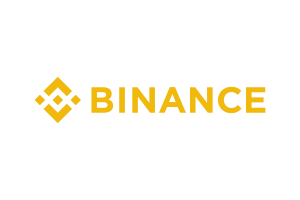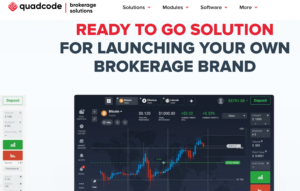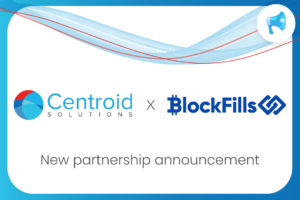Ethereum’s Beacon Chain to go live in December: A brief overview – Guest Editorial
Independent analyst Adelmo Silva looks at the Beacon Chain, a brand new blockchain that will be the first component of Eth 2.0 to be delivered. It has been referred to as the spine that supports the whole Eth 2.0 system.

By Adelmo Silva, Independent Market Analyst
Like every innovation, cryptocurrencies are maturing with time. The industry has observed lessons from the inefficiencies of earlier systems and some platforms are taking corrective action. This has resulted in new solutions that prioritize efficiency and enhancing user experience.
Blockchain technology has also evolved beyond its implementation in crypto. This technology has widespread implementation based on utility. Concepts like a blockchain bond are unique and allow new forms of investments to take shape. Ethereum also saw the growth of the blockchain as a platform for innovation.
Ethereum is a constant topic in cryptocurrency news, for a range of reasons. After years of anticipation, this network is finally transitioning to the more efficient Proof of Stake mining. Investors looking to trade Ethereum on platforms like Prime XBT may want to get in on the action now, because it may be on the cusp of great upside. This development has been a long time coming and could be a vital moment in its history. This upgrade is causing excitement for traders.
Trading platforms like Prime XBT, a company that provides access to real-time market data and a wide range of trading analysis tools while maintaining privacy, security and enabling a safe and efficient trading environment for everyone will likely be a beehive of activity in the next few weeks as traders seek to capitalize on price shifts. The upgrade to Ethereum 2.0 has significant details, which will inform the scope of this piece.
About The Beacon Chain
Eth 2 is actually a series of interconnected upgrades that will be implemented in steps. The upgrade to the Beacon Chain is a vital first addition because it will lay a foundation for subsequent upgrades.
The Beacon Chain is a brand new blockchain that will be the first component of Eth 2.0 to be delivered. It has been referred to as the spine that supports the whole Eth 2.0 system.
The term Beacon in ordinary usage means a signal or light in a prominent position to ensure it is visible. This term captures the essence of Eth 2 because it allows the rest of the processes to fall into motion.
Beacon chain introduces Proof of Stake and coordinates the network. Each node will maintain its own local Beacon Chain, ensuring that the network is effectively decentralized.
The proof of stake mining that the Beacon Chain will introduce helps to keep Ethereum secure. Validators will play a crucial role in keeping Ethereum decentralized. For their contribution, they will earn ETH.
The Role of Staking In Beacon Chain
Staking essentially entails an Ethereum holder putting forward a certain amount of Ethereum for staking and, in turn, earns the right to run validator software known as clients. These nodes ensure that transactions get confirmed, and new Ethereum blocks are added to the blockchain.
For the Beacon chain to set sail securely, the network needs at least 524,288 ETH staked. Analysts have noted with concern that the pace of staking has been less than ideal for the liftoff to be smooth.
This is, in part, because of the rise of DeFi platforms like yETH vault, which offer better interest terms for investors. Regardless, the Ethereum core development team is confident that Beacon Chain will go live without hitches.
Staking is more efficient compared to Proof of Work mining. POW has proven inefficient with time because of scalability issues and power consumption. Becoming a validator involves less of a logistical problem than mining.
Accordingly, more people can participate in the network. The more the participants, the more decentralized it is and, in effect, more secure.
Subsequent Addition of Shard Chains and Docking
Shard chains will come about after successful implementation of Beacon Chain. These chains ensure that the network has better transaction speed. For now, the Beacon Chain will provide the staking that will be necessary to implement shard chains next year.
For Ethereum mainnet users, there is no need to fret. The Beacon chain will, for now, exist separate from the existing Ethereum mainnet. Eventually, the two will connect, with the “docking” of the mainnet into the POS system controlled and coordinated by Beacon Chain.
Beacon Chain will also play a role in randomly assigning stakers to validate shard chains in future. The reason for the random assignment is to reduce the possibility of stakers colluding to take over a shard chain.
To Wrap It Up
Ethereum is at a crucial crossroads in its short but eventful history. The successful implementation of the Beacon Chain is a critical first step in ensuring that the rollout of Eth 2.0 is seamless.
Investors will be following these events with bated breath to inform their future activities. An Ethereum blockchain that has a more efficient consensus protocol and is more secure is a win for everyone.
The subject matter and the content of this article are solely the views of the author. FinanceFeeds does not bear any legal responsibility for the content of this article and they do not reflect the viewpoint of FinanceFeeds or its editorial staff.









